How to properly control locusts and what are the most effective means?
Not every summer resident can recognize such a dangerous pest as locusts. It is worth remembering: an adult differs from a grasshopper in bright elytra and the ability to pop them loudly. It is a polyphagous pest that destroys any vegetation. Even a few individuals in a garden plot should alert its owner and force him to start fighting locusts, since the pest multiplies quickly and is able to move long distances.
Lifestyle
In locusts, females are larger than males. The size of an adult insect is from 3 to 7 cm. The pest is a member of the Orthoptera order - it has a pair of transparent straight wings covered with rigid elytra. Coloring is very variable, depending on the insect's lifestyle, belonging to a particular biological species and the phase of development.
Pest eggs hibernate in the ground. In May, larvae hatch from them (up to a hundred from one clutch). A locust clutch is called a capsule. Having barely hatched, the larva begins to feed. Having found a suitable blade of grass, the insect climbs on it and begins to gnaw. If there are few larvae in a given area, they are sedentary. If there are many, they gather in flocks and begin migration.
The larvae feed on any vegetation and grow quickly. When food becomes scarce, locusts "take their wings", flying in huge masses for tens of kilometers in search of food. This usually happens in the middle of summer. In some years, the flight of insects is a frightening picture. Insect clouds literally obscure the sun.
In August, the locust becomes even more voracious, as it multiplies during this time. Females dig grooves in the soil and lay eggs covered with a foaming shell. Once frozen, the shell will turn into a capsule - a small cover that saves eggs from the winter cold. Having made one egg-pod, the female sprinkles it with earth and proceeds to build the next one. Each individual lays eggs for two months.
Locust damage in the garden
Larvae and adult locusts are harmless to humans. They do not bite or attack people or animals. However, the large number of insects accumulated on the site is unpleasant in itself. The disturbed insect flies up, loudly cracking its wings, frightens children and pets. Dogs chase him around the site and damage plantings in an attempt to catch an insect. Even a few jumping hopping larvae on the site give the impression that the cottage is occupied by locusts.
The pest also causes direct damage - it eats plants, including roots. He especially loves cereals, pumpkin, legumes, eating peas, beans and even bluegrass without a trace. The beds are empty, bald spots appear on the lawn - this is the result of the activity of the polyphagous pest.
The imago is superior to the larvae in harmfulness and destroy plants cleanly, like a fire. They do not even disdain thatched roofs of houses. Having multiplied strongly, the adult locust is able to leave behind a lifeless space, since each individual must eat about 300 grams of vegetation during its life.
Locusts are not a grasshopper!
Locusts must be fought against. But before taking on the sprayer, it is worthwhile to correctly identify the pest, because the insect that you mistake for a dangerous locust may turn out to be a harmless grasshopper. Grasshoppers are also classified as Orthoptera. But if the locust feeds on vegetation, then the grasshopper is a predator.It destroys harmful insects, therefore it is a welcome guest on the site.
Differences between grasshopper and locust:
- locusts have much shorter forepaws and whiskers than grasshoppers;
- in female grasshoppers, the abdomen ends with a saber-like protrusion;
- locusts feed during the day, grasshoppers go hunting in the evening.
Advice
Even an adult grasshopper cannot fly - this is its main difference from locusts.
Destruction of the pest
When insects stand on their wings and form multimillion flocks, the individual gardener will not be able to cope with them. But it is not difficult to get rid of the individual settlers who appear on the garden plot every year.
Popular ways of fighting
Adult insects, larvae and masonry are destroyed by mechanical methods. At the end of summer, the soil is dug up to find egg capsules. In the steppe zone in early September, plots are burned out, freeing the land from stubble, and at the same time from pests. After burning, only deep-lying egg capsules remain alive. Digging in late autumn allows them to be brought to the surface and destroyed.
Insecticides
Insecticides are applied early in the spring. Before sowing, the soil is sprayed with any drug from the pyrethroid group:
- "Fastac";
- "Tsunami";
- "Alpha Tsipi";
- "Karate Zeon";
- Fury;
- "Arrivo".
Later treatments at the end of May - attacks on larvae hatched from the soil. They are carried out with organophosphorus preparations:
- "Fufanon";
- "Karbofos";
- "Sumithion".
In the middle of summer, with a large number of pests, plants are sprayed with preparations with imidalocpride or fipronil:
- "Adonis";
- Tanrecom.
An adult insect acquires a strong shell and becomes insensitive to poisons. At this time, locusts can only be affected by biological products of the latest generation containing spores of fungi or bacteria that are harmful to insects.
Microbiological locust control agents recommended for personal subsidiary plots
| Tradename | Active substance | Time and method of application | Dosage |
|---|---|---|---|
| "Metarizin" | Mushroom metarhizium anisopliae p-72. | In autumn or spring, they are introduced into the soil in any way possible. If insects are threatened, the plants are sprayed with a freshly prepared solution. | 10 g / weave |
| "Dimilin" | Diflubenzuron | Spraying during the period of mass hatching of larvae | 0.05 l / ha |
| Spraying during the larval phase of pest development | 0.14 l / ha |
Interesting Facts
The post-Soviet space is inhabited by about 400 species of insects from the Orthoptera order - the closest relatives of the locust. The most dangerous are the following types:
- Siberian filly - mowing, pastures, grain crops are destroyed, widespread in Siberia, in the north of Russia and Kazakhstan;
- migratory Asian locust is a grayish large insect (up to 6 cm long), natural foci are located in the lower reaches of the Volga, Ural, Don, Terek rivers;
- Prus Italian - lives in the Middle Volga region, Western Siberia and southern Russia, greatly harms industrial crops in irrigated farming zones.
Locust control has been going on for decades. During this time, the pest managed to acquire resistance to almost all pesticides. Insect resistance to insecticides is passed down from generation to generation. Modern drugs belong to the "bio" class. They cause disease outbreaks among insects.
Back at the beginning of the 20th century, B.P. Uvarov, a Russian entomologist and geographer who studied locusts in the Stavropol province and Tiflis, and then headed the activities of the international center for locust research in Great Britain, published the theory of phases. It was developed by a scientist based on the study of the Asiatic locust and Danish filly. Uvarov proved that both species are identical and mutate depending on the density of the pest. The more pests per square meter, the higher their tendency to settle.
In other words, at a low population density, sedentary filly hatches, and at a high density, migratory locusts, which means that the process of pest appearance can be controlled by reducing the number of egg-pods per unit area. This is done by plowing the land on which the species lays its eggs. By reducing the infestation of the outbreak, it is possible to prevent the transformation of harmless filly into a dangerous polyphagous pest.
Relevance of locust control in the 21st century
The insect is still a threat to agriculture. So, in 2008, because of its invasion, it was necessary to introduce a state of emergency in some areas of southern Russia: the Volgograd region, Stavropol region, Kabardino-Balkaria, Astrakhan, Kalmykia, Dagestan and Chechnya.
Locusts are especially active in warm years. In 2002 and 2010, the average summer temperatures were abnormally high, and the farmers of the Volgograd region were completely left without a crop. The locusts that hatched in incredible numbers destroyed all plants, including wild wormwood. During these years, there were up to 6,000 insects on one square meter of territory. Flocks of insects covered the ground in several layers and instantly destroyed all vegetation.
In 2010, the Urals and Siberia suffered simultaneously with the south of Russia. The hot weather confused the insects and forced them to migrate north and east.
In 2015, the largest locust attack in the last 30 years was recorded. Affected 30,000 hectares in Bashkiria, 10,000 hectares in the Chechen Republic and 35,000 hectares in the Astrakhan region. Crops were destroyed in Stavropol and Orenburg. The total area of destroyed crops in Russia this year was equal to the entire territory of Romania.
If locusts appear on the site, control methods depend on the gardener. It is possible to carry out continuous spraying of plants with pesticides, but it is more rational to destroy insects mechanically. In some years, insects gather in huge flocks and destroy the vegetation cleanly. Gardeners will not be able to deal with this problem. The destruction of swarms of locusts is the task of government agencies.
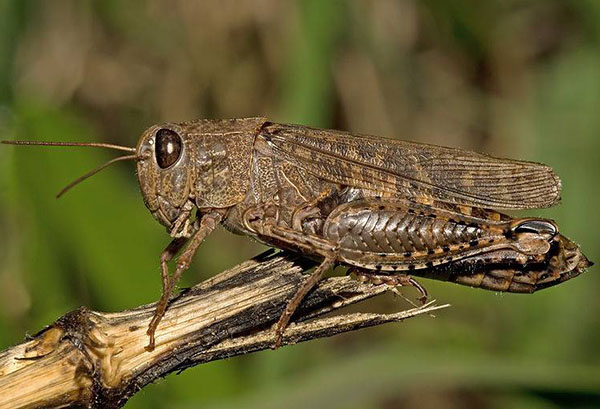
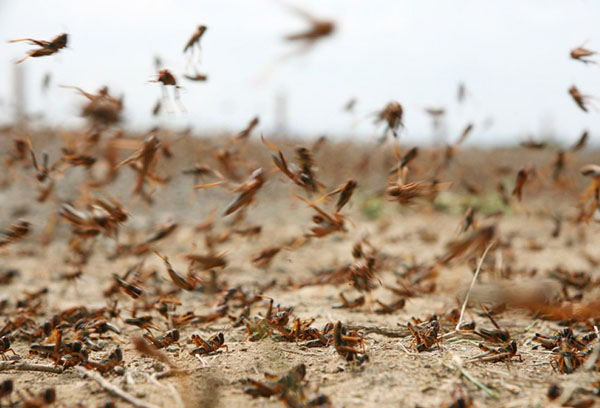
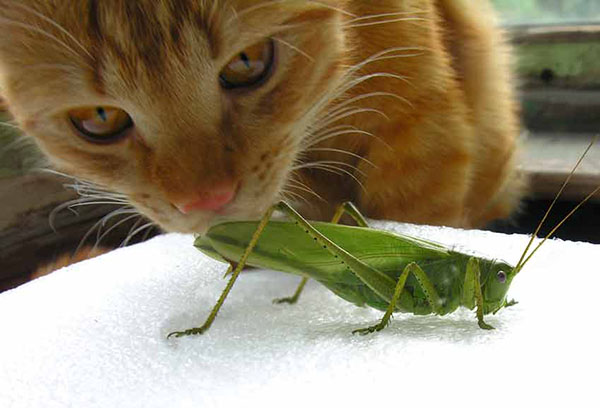
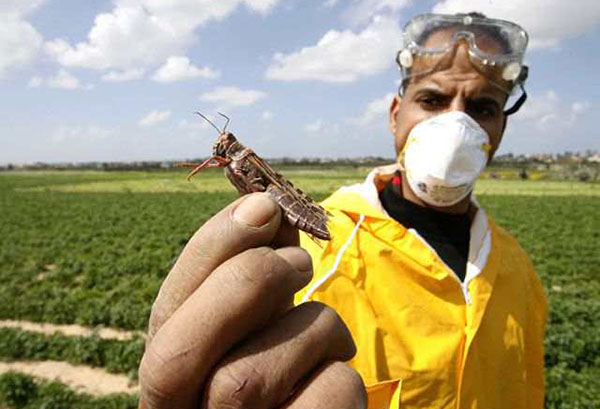
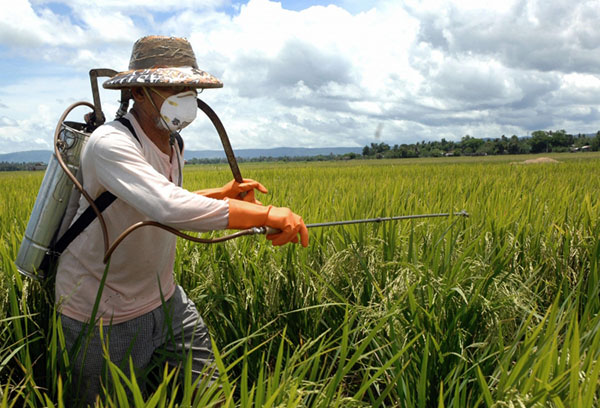
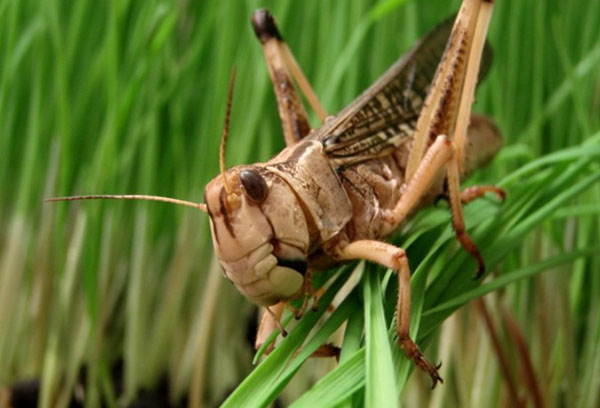
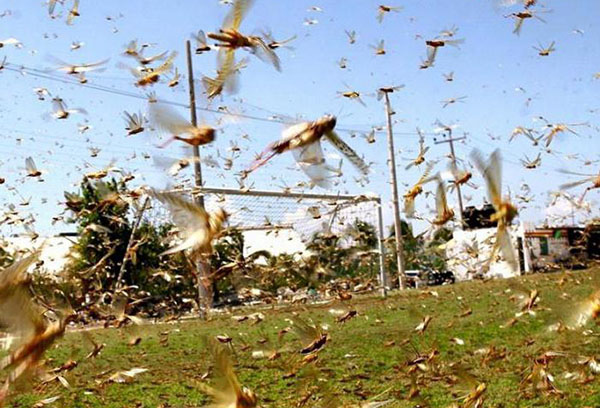
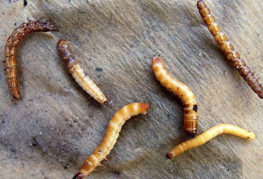
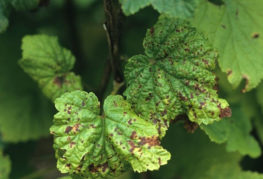
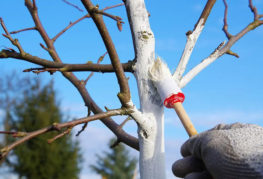
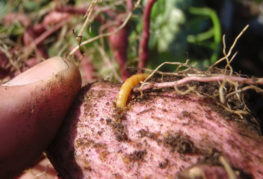
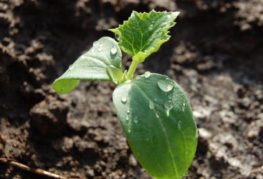

and will be published shortly.